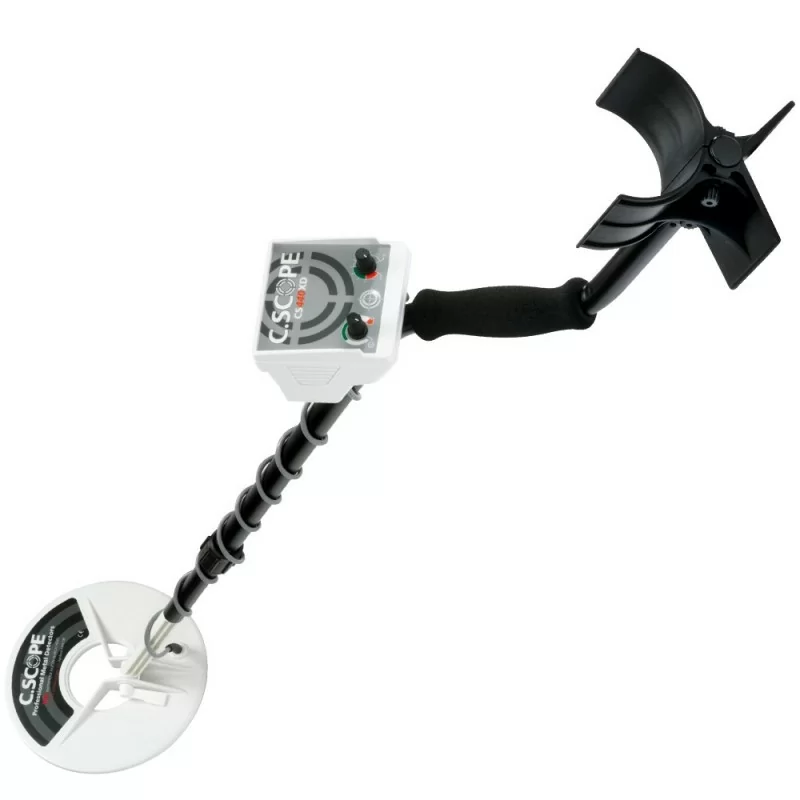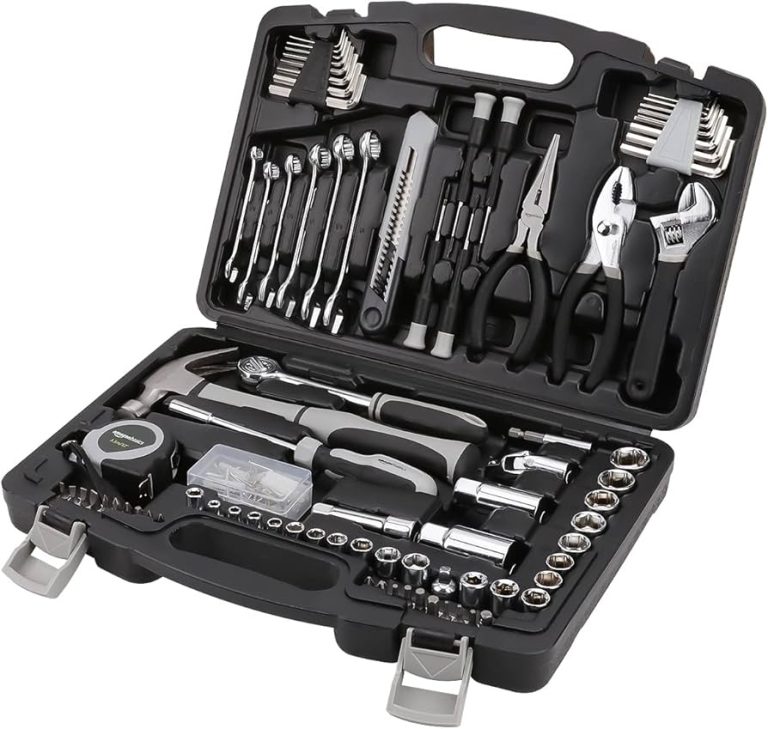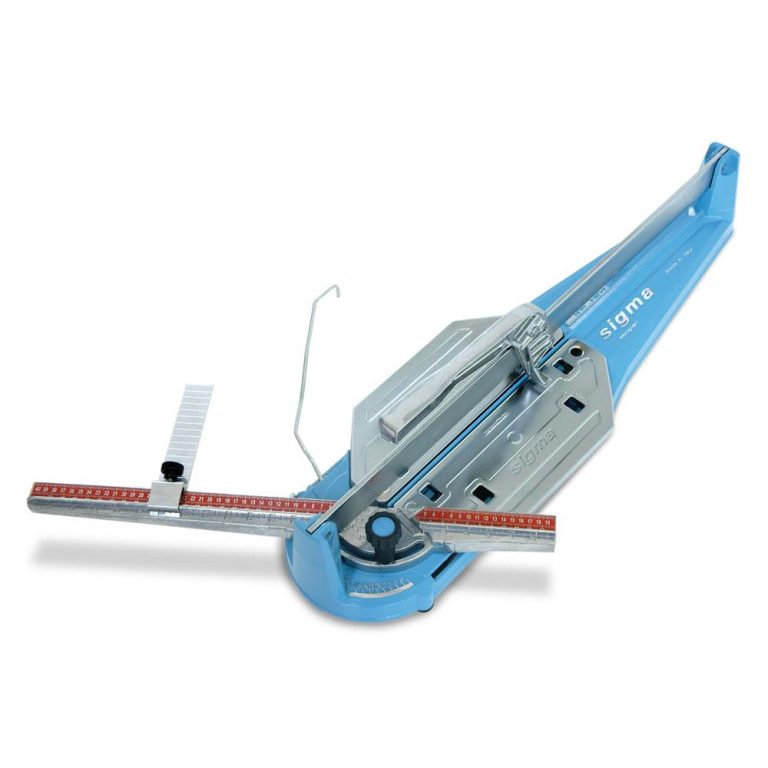
The Complete Guide to Metal Detector
History of Metal Detection
Metal detector traces its roots back to Alexander Graham Bell’s invention in 1881. Initially developed to locate bullets in wounded patients, the technology evolved rapidly during World War I. Military forces used early detectors to find buried land mines and weapons. The first commercial metal detectors appeared in the 1960s, sparking a treasure hunting revolution. Advances in technology brought better discrimination features and deeper detection capabilities. Today’s metal detectors use sophisticated microprocessors and advanced search coils.
Additionally, modern units can distinguish between different types of metals with remarkable accuracy. Furthermore, the hobby has grown from simple beach combing to a serious pursuit for historians and archaeologists. The development of waterproof models opened up new possibilities for underwater treasure hunting. Moreover, the introduction of digital displays and target identification systems made the hobby more accessible to beginners. These technological improvements have transformed metal detecting from a simple pursuit into a sophisticated hobby.
The growing popularity of metal detecting has led to the formation of numerous clubs and organizations worldwide. Several significant historical discoveries have been made by amateur detectorists using modern equipment. Consequently, many museums now work closely with metal detecting enthusiasts to preserve historical artifacts. The hobby continues to evolve with new technologies emerging regularly. Therefore, the future of metal detecting looks promising with ongoing developments in sensor technology and digital processing capabilities.

Essential Equipment for Metal Detecting
Successful metal detector requires proper equipment and accessories. The metal detector itself serves as the primary tool, available in various types and price ranges. First, beginners should start with an all-purpose detector featuring basic discrimination settings. A sturdy digging tool, preferably a stainless steel trowel or spade, proves essential for recovering targets. Additionally, a pinpointer helps locate items precisely after digging the initial hole. Protective gear includes gloves, knee pads, and comfortable footwear for extended searching sessions.
Furthermore, a finds pouch or belt keeps recovered items organized and secure. Target recovery tools such as sand scoops work particularly well on beaches. Moreover, headphones improve target signal recognition and preserve battery life. Quality rechargeable batteries ensure longer detecting sessions without interruption. A GPS device helps mark productive locations for future reference. Similarly, a smartphone with detecting apps provides helpful resources in the field.
Proper maintenance tools keep equipment clean and functioning optimally. Good maps and research materials aid in locating promising search areas. Significantly, weather-appropriate clothing enhances comfort during long detecting sessions. Storage containers protect recovered items during transport. Therefore, investing in quality equipment increases success rates and enjoyment of the hobby.
Understanding Metal Detector Technology
Metal detector operate through electromagnetic fields and signal processing. Modern detectors use Very Low Frequency (VLF) technology as their primary detection method. The search coil contains two distinct sets of wire coils working together. Specifically, the transmitter coil generates an electromagnetic field that penetrates the ground. When this field encounters metal objects, it creates eddy currents in the target. Meanwhile, the receiver coil detects changes in the magnetic field caused by these currents. Advanced discrimination circuits analyze the signal characteristics from different metals.
Digital signal processing filters out unwanted targets while highlighting valuable finds. Target ID systems assign numerical values to help identify buried objects. Ground balance features adjust for mineralized soil conditions. Furthermore, modern detectors can determine approximate target depth and size. Multiple frequency detectors offer enhanced performance in challenging conditions. Pulse Induction technology excels in highly mineralized areas and salt water.
Similarly, multi-frequency detectors provide better target separation and depth. Advanced features like notch discrimination allow precise target selection. Therefore, understanding detector technology helps users maximize their equipment’s potential. Iron audio features help identify deeply buried ferrous objects. Target separation capabilities distinguish between closely spaced items. Consequently, modern metal detectors offer unprecedented accuracy and performance.

Choosing Productive Search Locations
Selecting promising locations significantly impacts metal detecting success rates. Historical research reveals areas of past human activity and potential finds. Old maps highlight former building sites, pathways, and gathering places. Local historical societies provide valuable information about promising locations. Additionally, aerial photographs reveal signs of previous structures and activities. Public areas like parks and beaches often yield interesting discoveries. Permission must be obtained before detecting on private property. Moreover, schools, churches, and fairgrounds frequently produce good finds. Abandoned homesites offer excellent opportunities for historical artifacts.
Similarly, old military camps and battlefields contain numerous relics. Researching land use history helps identify productive search areas. Construction sites sometimes expose artifacts during earth moving. Beach detecting proves most productive after storms or high tides. Furthermore, seasonal changes expose new areas for searching. Ghost towns and abandoned settlements yield historical treasures. Therefore, thorough research increases the likelihood of successful detecting sessions. Local ordinances must be checked before detecting in public areas. Metal detecting clubs often share information about productive locations. Consequently, careful site selection dramatically improves recovery rates.
Proper Metal Detecting Techniques
Mastering proper detecting techniques ensures optimal recovery rates. Slow, methodical sweeping motions cover ground thoroughly and effectively. The search coil should remain parallel to the ground while searching. Overlapping sweep patterns prevent missing targets between passes. Additionally, maintaining consistent coil height improves detection depth and accuracy. Different soil conditions require adjusted scanning speeds and methods. Furthermore, proper pinpointing techniques reduce recovery time and ground damage.
Target recovery methods vary depending on location and ground conditions. Careful digging practices preserve both artifacts and searching areas. Moreover, proper discrimination settings help identify valuable targets. Ground balance adjustments optimize performance in mineralized soil. Similarly, sensitivity settings affect detection depth and stability. Weather conditions influence detecting techniques and success rates. Practice improves target identification and recovery skills. Therefore, developing good technique through regular practice enhances results. Proper coil control prevents false signals and missed targets. Recovery tools should match ground conditions and target types. Consequently, efficient detecting techniques maximize productive searching time.

Common Types of Metal Detecting Finds
Metal detecting yields diverse discoveries spanning multiple centuries. Common finds include lost jewelry, coins, and historical artifacts. Modern coins appear frequently in high-traffic areas. Additionally, historical coins provide valuable insights into past activities. Lost rings and jewelry commonly turn up at beaches and parks. Furthermore, military artifacts emerge from former training grounds and camps. Civil War relics remain popular targets among history enthusiasts. Similarly, native artifacts appear in areas of historical settlement.
Construction hardware indicates previous building locations. Moreover, agricultural implements mark former farmland locations. Industrial artifacts reveal past manufacturing activities. Precious metals occasionally surface in prospecting areas. Therefore, finds vary significantly based on location and history. Religious artifacts sometimes appear near church sites. Historical buttons help date activity at detecting sites. Consequently, recovered items often reflect local history and development.
Metal Detecting Laws and Ethics
Responsible metal detecting requires knowledge of applicable laws and regulations. Federal laws protect archaeological sites and artifacts. State and local regulations govern detecting activities. Additionally, permits may be required for detecting in certain areas. Private property requires explicit permission from owners. Furthermore, treasure trove laws affect ownership of valuable finds. The detecting community promotes responsible recovery practices.
Similarly, artifact preservation ensures historical items survive intact. Historic preservation laws protect significant sites and artifacts. Moreover, environmental regulations affect detecting activities. Proper recording of significant finds aids historical research. Target recovery should minimize ground disruption. Therefore, understanding legal requirements prevents problems while detecting. Site restoration maintains public access for future detecting. Artifact reporting helps document historical discoveries. Consequently, ethical detecting practices preserve sites for future generations.
Conservation and Preservation Methods
Proper artifact preservation maintains historical value and condition. Cleaning methods vary depending on material composition. Professional conservation prevents damage to valuable items. Additionally, proper storage protects items from deterioration. Documentation records important details about recovered items. Furthermore, photography preserves artifact appearance and condition. Precious metals require specific handling and storage methods. Similarly, iron objects need stabilization to prevent further corrosion.
Environmental controls protect preserved artifacts. Moreover, proper display methods prevent handling damage. Conservation supplies protect items during storage. Research helps identify appropriate preservation techniques. Therefore, proper preservation maintains artifact value and importance. Professional advice helps with significant finds. Storage containers protect items from damage. Consequently, good preservation practices maintain historical significance.

Advanced Metal Detecting Skills
Experience develops advanced detecting capabilities and knowledge. Target analysis skills improve with practice and study. Advanced discrimination techniques identify valuable targets. Additionally, deep seeking methods maximize detection depth. Site interpretation reveals likely target locations. Furthermore, weather patterns affect detecting conditions and success.
Soil analysis helps optimize metal detector settings. Similarly, target recovery skills improve with experience. Research methods reveal productive search areas. Moreover, documentation practices preserve important information. Advanced equipment features enhance performance. Technology updates improve detecting capabilities. Therefore, continuous learning improves detecting success rates. Equipment modifications enhance performance. Target identification accuracy increases with practice. Consequently, advanced skills development improves recovery rates.
Building a Metal Detecting Community
Metal detecting clubs provide valuable support and information. Regular meetings share knowledge and experiences. Club members often arrange group hunting events. Additionally, social media connects detectorists worldwide. Online forums share detecting tips and locations. Furthermore, YouTube channels demonstrate detecting techniques. Club activities promote responsible detecting practices. Similarly, mentoring helps new detectorists develop skills.
Competition events test detecting abilities. Moreover, club displays share significant finds. Historical research benefits from group efforts. Documentation projects preserve detecting history. Therefore, community involvement enhances detecting experiences. Group activities improve individual skills. Knowledge sharing benefits all participants. Consequently, detecting communities advance the hobby significantly.

